Cremations and celebrations: A journey through Varanasi, India’s holiest city
The alarm rings out loudly, piercing the pitch black silence of the morning. It’s 4.30 am, and I jump up eager for the day that lies ahead. I’m in Varanasi, one of the holiest Hindu cities in the world, where countless pilgrims have ventured to bathe in the sacred waters of the Ganges, the revered rivers which flow through the country but are at their most celebrated here. A dip in the shallows is said to wash away all your sins, and for many, it is a once in a lifetime event.
There’s still a chill to the air as we drive through the colourful roads, dotted with rickshaw drivers waking from their slumber and lazy cattle hunting for their morning feed. At this hour the streets seem quiet, almost serene, a far cry from the throngs of people I’ll experience this week at the Prayagraj Kumbh Mela, the worlds largest faith-based gathering.
For now, small groups huddle around the handful of open stalls, sipping on Chai and waiting for the sun to break. On the other side of the road, lonely figures lay, faces illuminated by the flame of a match signalling their first nicotine hit of the day.

Sunrise from a boat in Varanasi
Varanasi is perhaps the place I’m most excited to visit in India, though it’s taken me five tours of the country to make it here. As we slide into a slowly rocking boat at Assi Ghat, one of the furthest south in the river, I smile contently knowing it has been worth the wait.
The Ghats are the staircases which lead down into the waters of the Ganges. Stretching around 7 kilometres, the 80 odd Ghats are home to young boys playing out their cricket dreams, yoga poses that rival contortionist, and of course, the burning of bodies that mark the end of ones personal journey on this earth.
Varanasi isn’t like any place you’ve ever been before; and as our boat floats along the river, uniquely south to north thanks to the lie of the land, you can’t help but feel like you’re slightly intruding.
These intimate moments, and especially the funerals on the Ghats, are what makes India such a fascinating, raw and yet beautiful destination to explore. Traditions are age-old here, and while for many coming to bathe in The Ganges is a once in a lifetime journey, for others it marks the end of their lifetime, as their ashes form on the Ghats and fade into the water below.
I believe to truly visit India you have to see it in all forms. The iconic and breathtaking view over the Taj Mahal, the raw and unrelenting reality of the slums, and here, the traditions which seem so far from home. Sure, you could cherry pick your experiences, but I think to do so would be a massive injustice to the vast variety of realms in modern day India.
Rusty red palaces and towering temples line the banks of the river, broken up by those carting wood to the cremation sites and open-air laundrettes dousing bedding in the water of the river. Our boat pauses, and as the engine dies down, we hover in near silence. There are countless other boats around, but in those few moments, I felt I was alone.
The spiritual connection in this city is evident, even to an atheist like myself. We glide back to the docks wearing broad grins, with flowers and candles dancing delicately around us.
The throngs of people outside Shree ram bhandar, a busy cafe and outside stool set up away from the rivers told me all I needed to know: this was going to be up to the hype.
I was impressed by how serious the operation looked, multiple hands serving and even more sat behind, spooning the delicious looking dough into the large pan. I waited patiently in line behind the crowds of locals, all vying to get their hands on this hot property. The wait was worth it, and the slightly crisp fried dough eased the spicy kick of the curry.
Away from the modern gleam of the imposing new building, where some of the hanging displays cost upwards of two-hundred-thousand rupees, you’ll still find the traditional craft happily being carried out in the cities criss-cross of alleyways.
The weaving district announces itself before you’ve seen a single thread of silk. An almost deafening chorus of power looms pounding the patterns together leak out of windows and wide-open doors, echoing throughout the neighbourhood.
We follow a wandering goat donning a make-shift jumper down a side alley and head inside the archway of a more traditional production room. Behind the door are experienced well-worn fingers effortlessly weaving the fine thread together from the hand stamped templates which hold the treasured designs of the Saris. If you’re looking for a souvenir from Varanasi, it’s safe to say these silk goods are a suitable, and local, gift.
As our slightly battered boat crashes into the Ghat, and lapping waves pull us in and out, we descend into the multitude of moving people heading towards the city. The roads are awash with locals, tourists, bikes and cattle moving in every direction. A weary group of pilgrims saunter past us, bags balanced on their heads and ready to rest for the evening on the river banks. I assume they are on their final steps towards the Kumbh Mela in Prayagraj, also my next stop. Away from the never-ending honking-horns and calls of rickshaw drivers on the main road, tiny alleyways lead off to Sari shops and quaint cafes. Varanasi is a cocktail of chaos with conclaves of calm, and we slip into a blue paint flaked storefront to sample a Lassi, the yoghurt and honey based drink of India. The rest of our evening is spent hunting out edible treats. Banarasi Paan, an Indian betel-nut leaf stuffed with spices, sweets and rose jelly, is revered in Varanasi, but was a non-starter with I, tossing away most of mine. Freshly cooked Samosas on the side of the street, for a mere few cents each, hit the spot though and leave me with a spice-tinged palate.
Varanasi was everything I’d imagined and more. The grin on my face stayed with me from the first ceremony before dawn, through to tucking myself into bed on the last evening. This isn’t a city like Delhi, defined by its never-ending suburbs and modern high rises; it’s a slower destination oozing emotions and spirituality. Ornate houses play home to hostels, cafes and stores, while your eyes stay on permanent alert to the characters that define this Hindu hotspot. There aren’t many places I go that bring me both tears of joy and wonderment but here, into the river Ganges, they fell. I may not have made my forever resting place in Varanasi like so many who come here, but Varanasi certainly made forever memories within me.
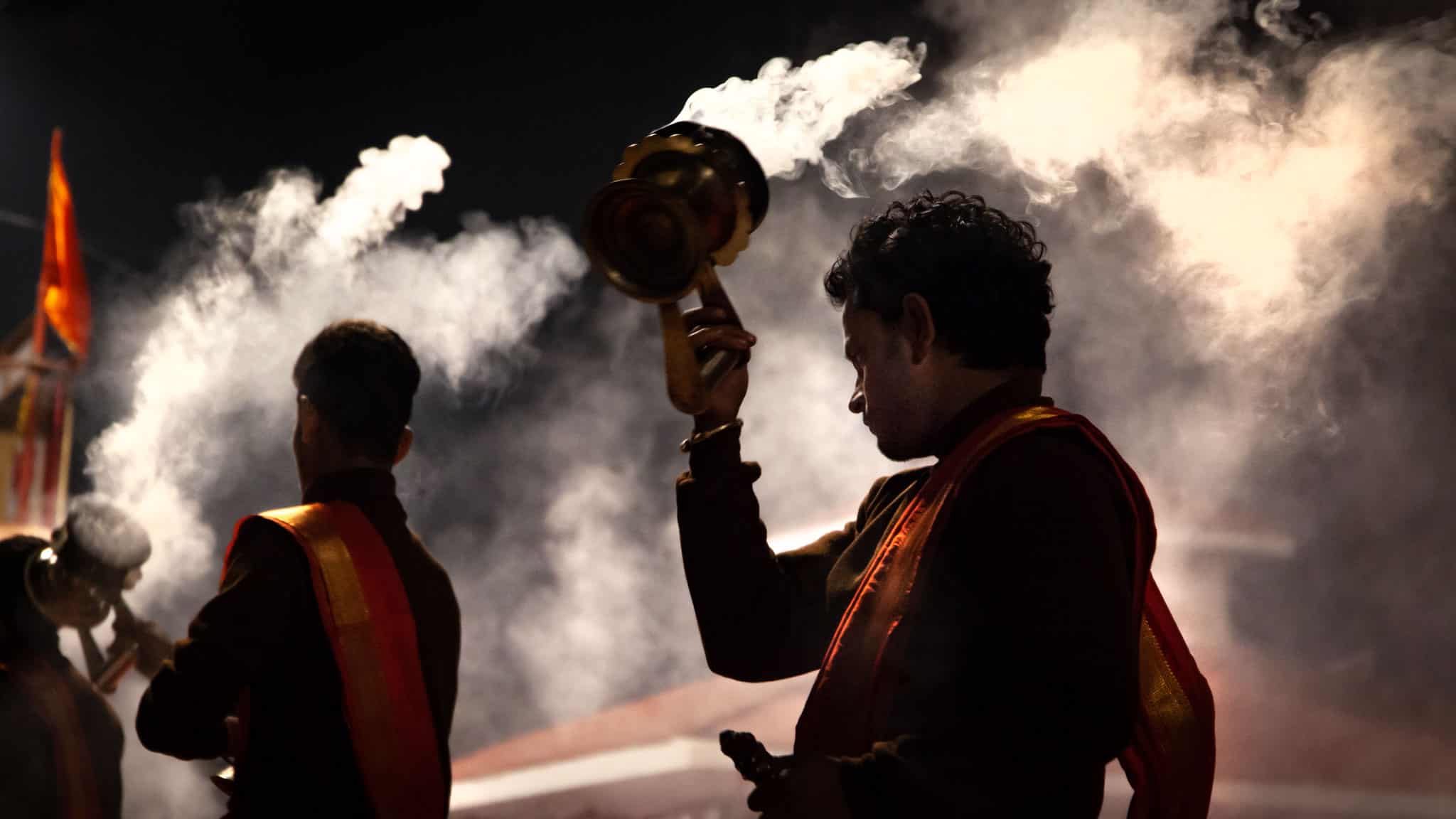
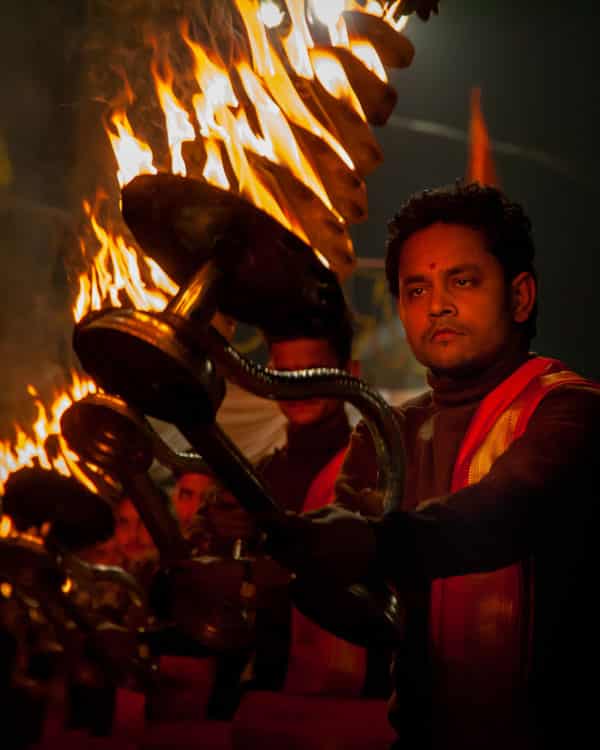
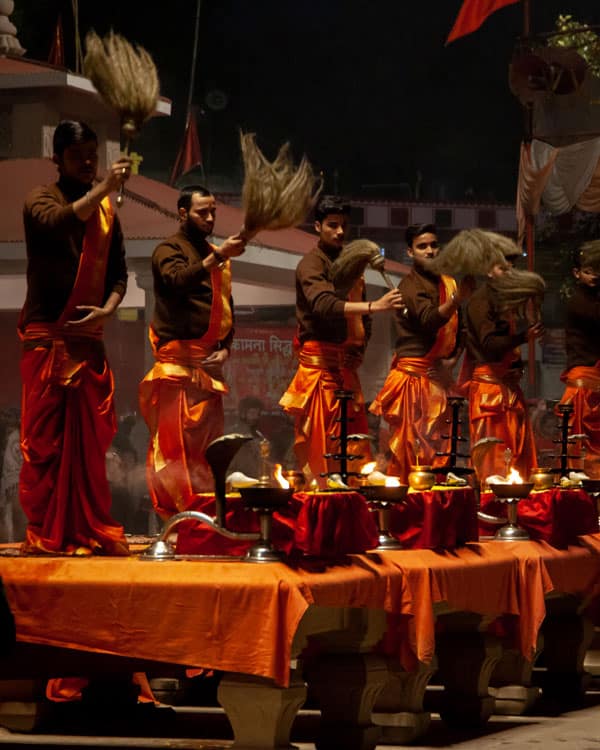
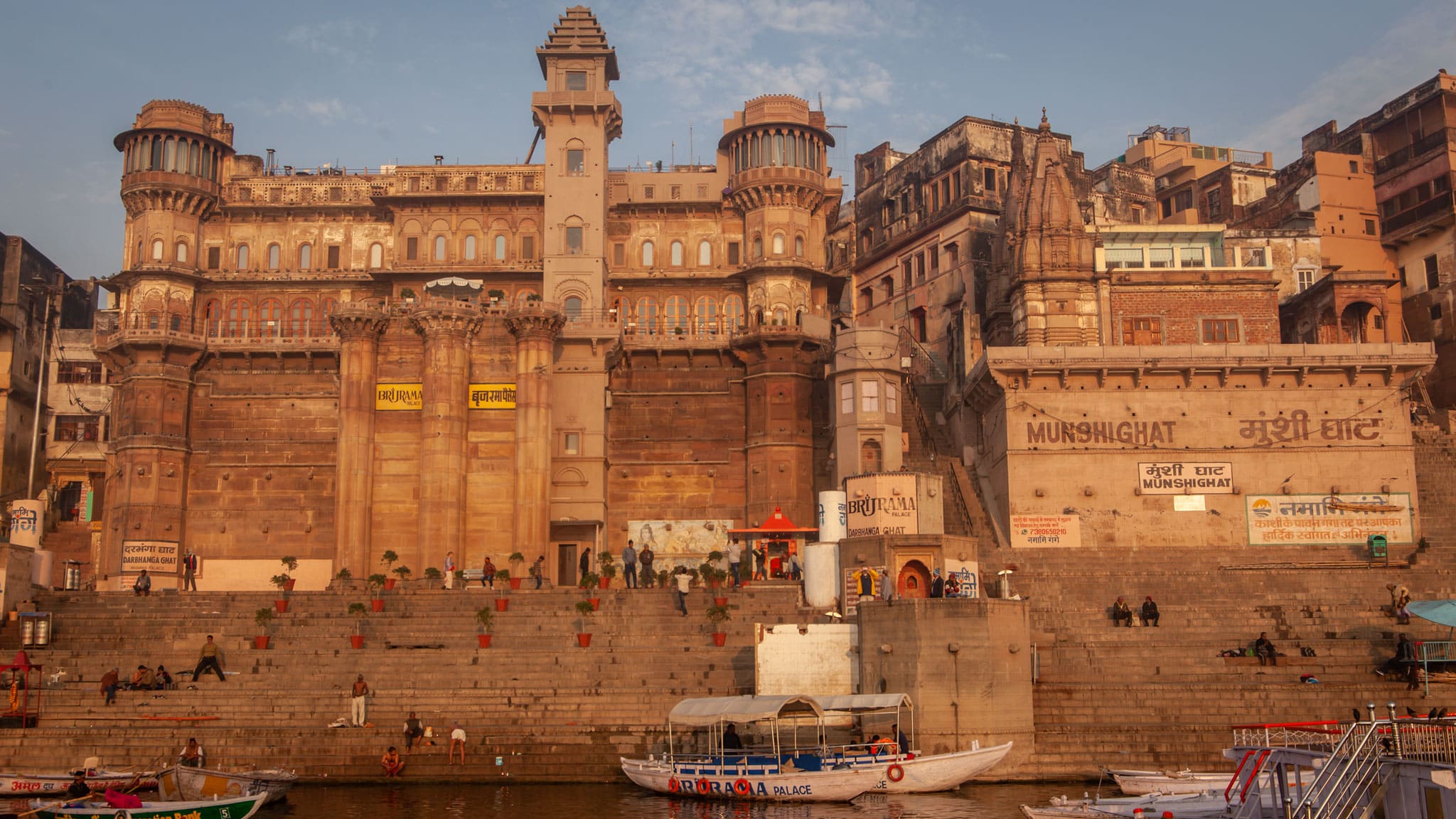
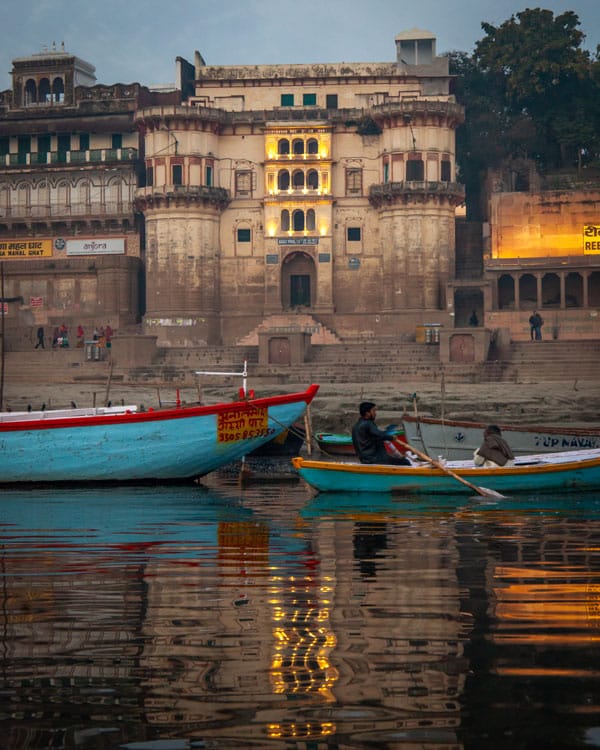
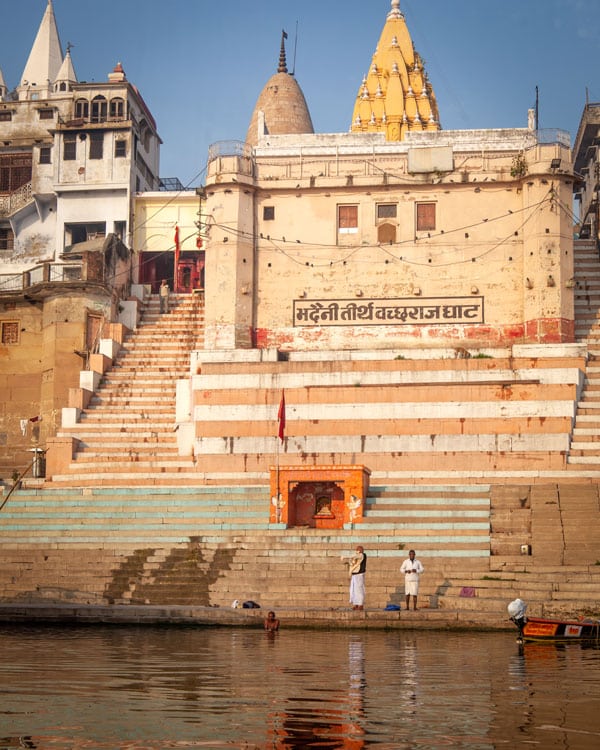


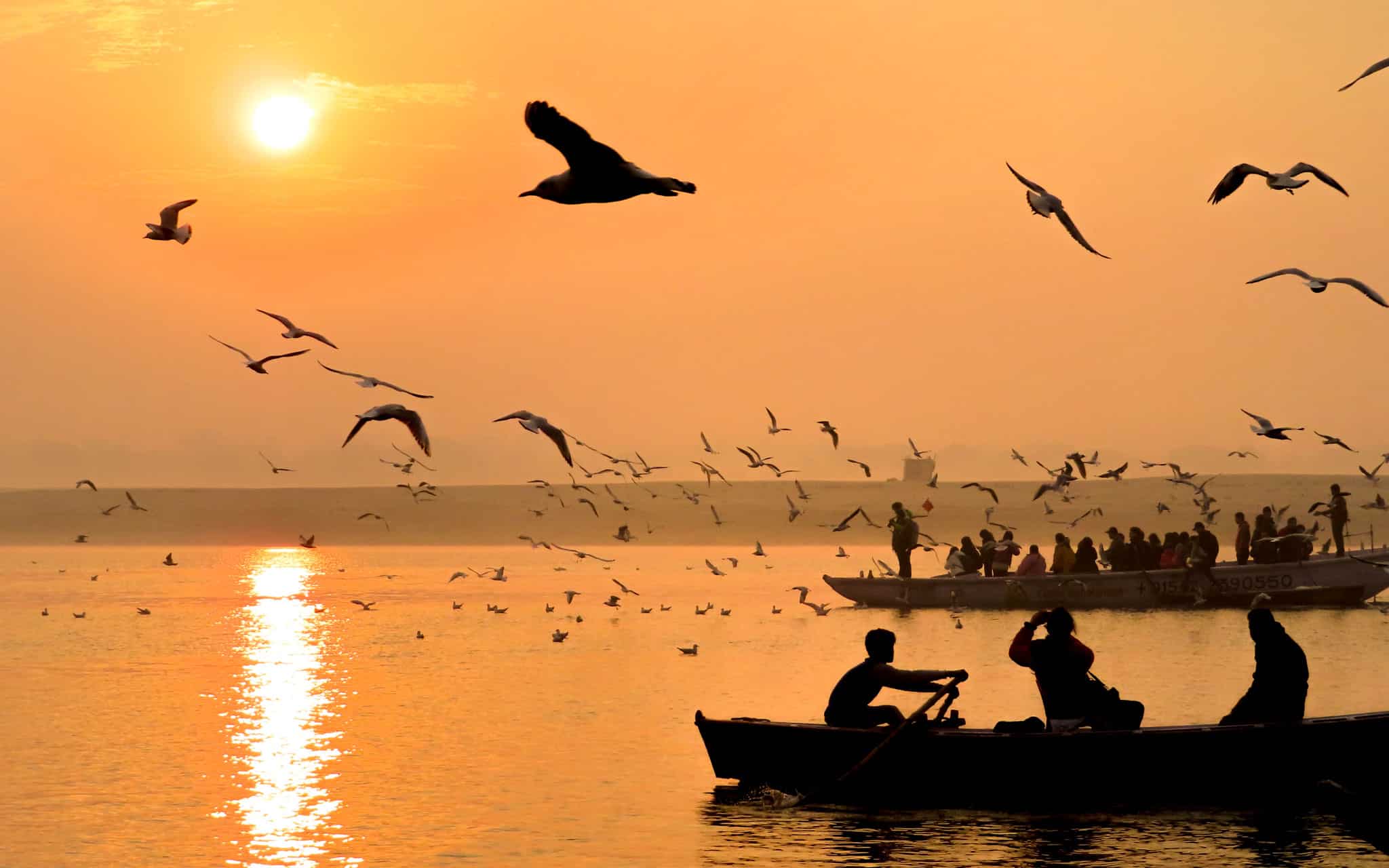
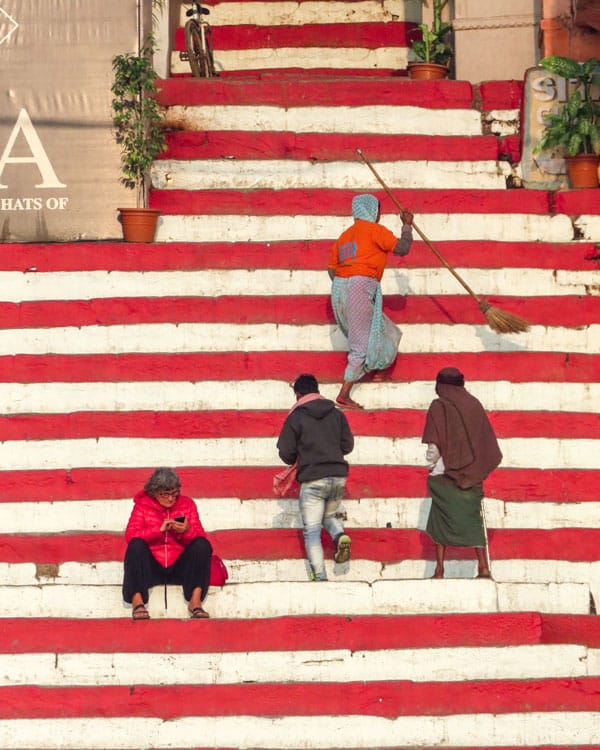
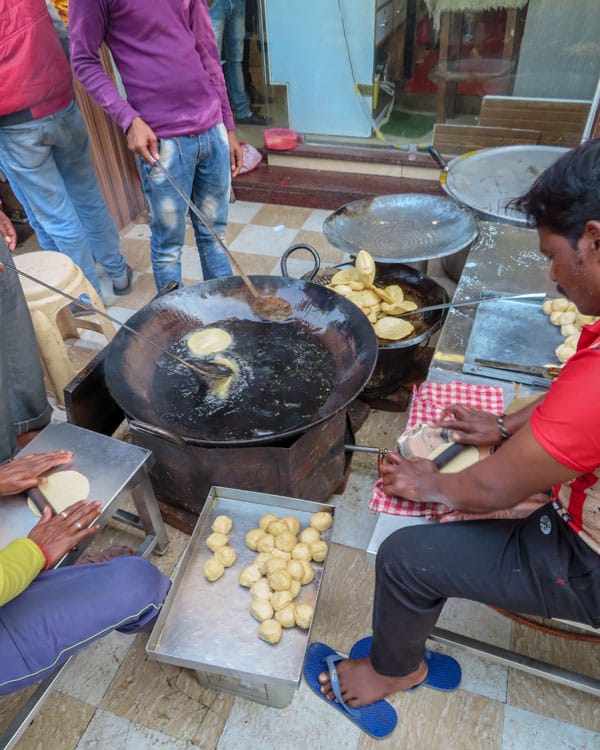
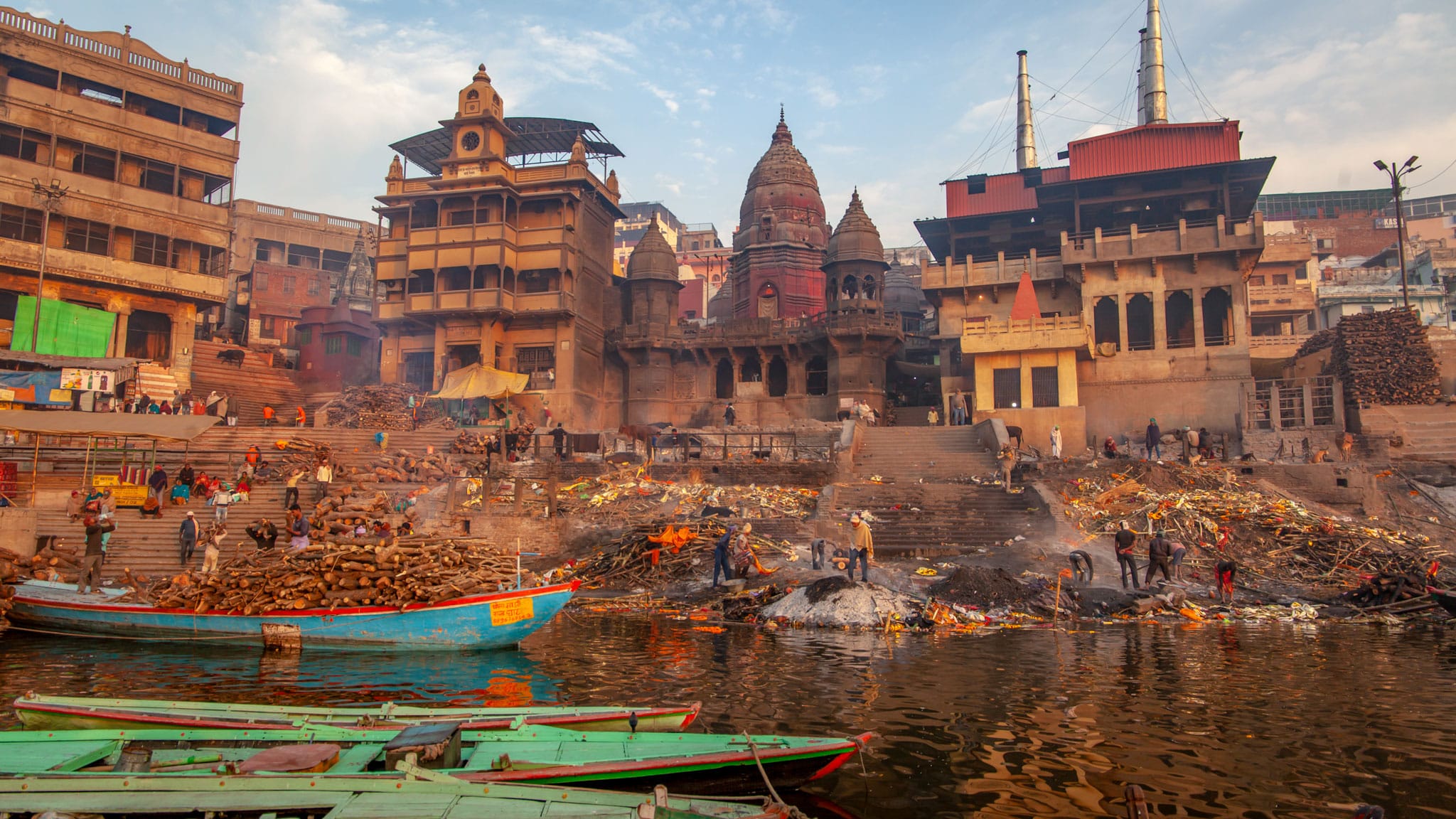
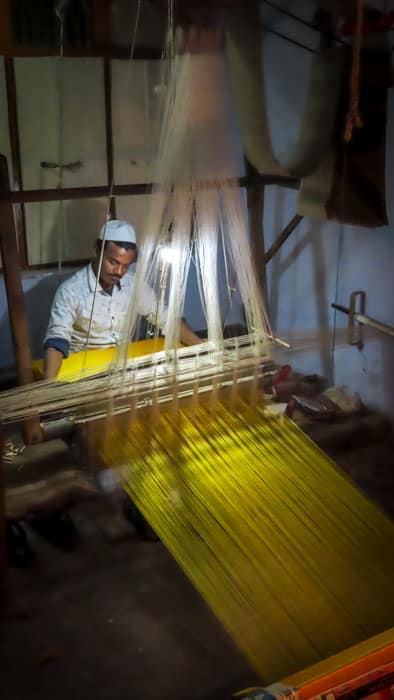
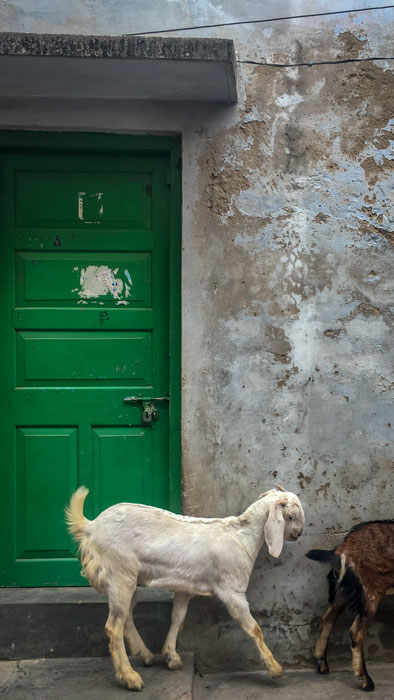
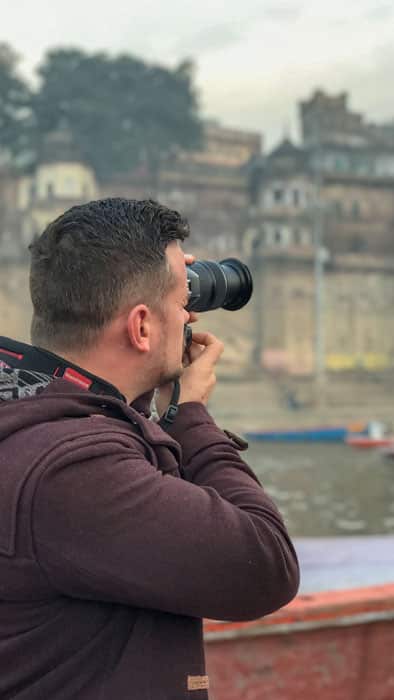
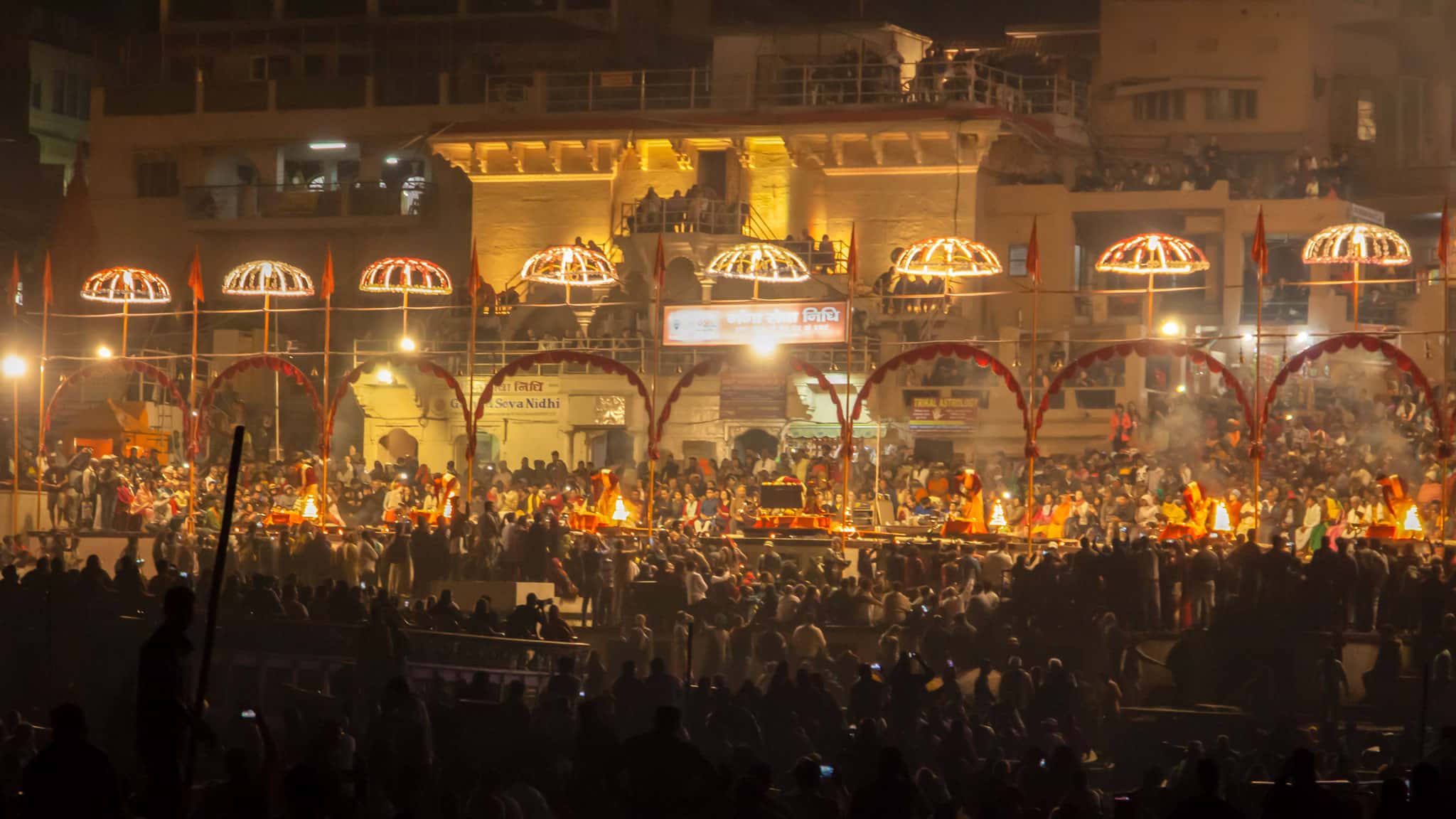
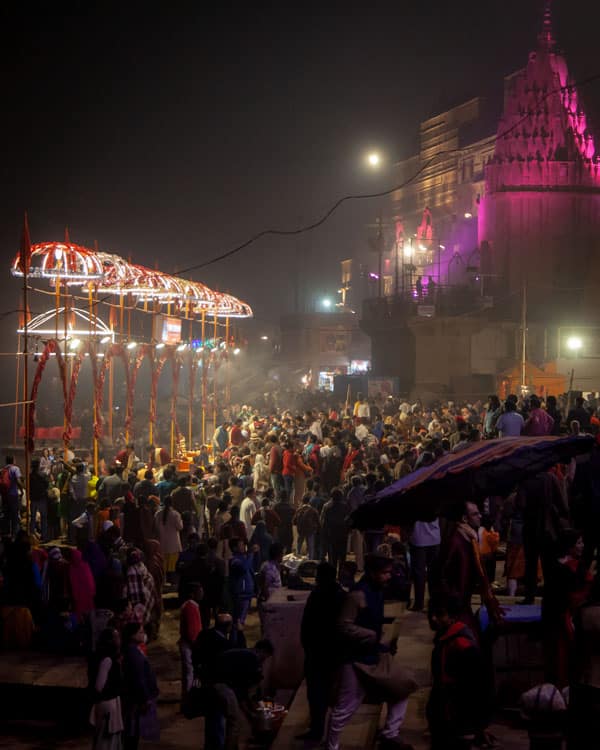
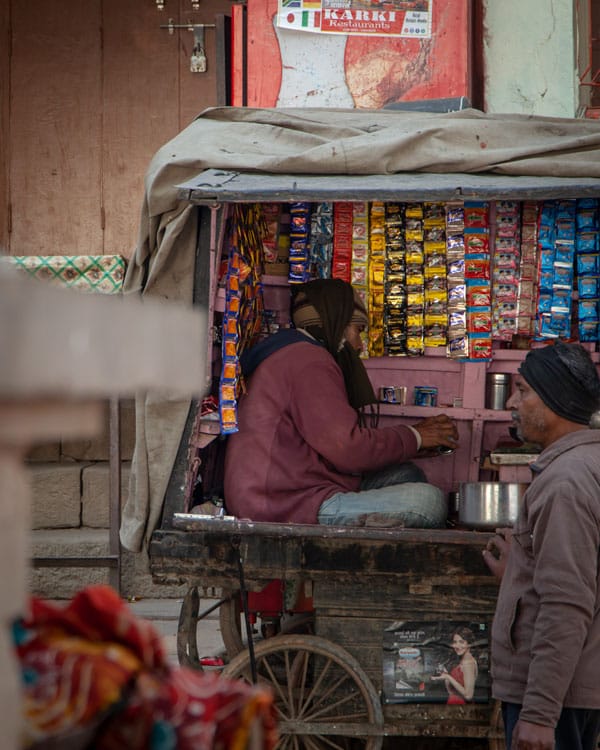
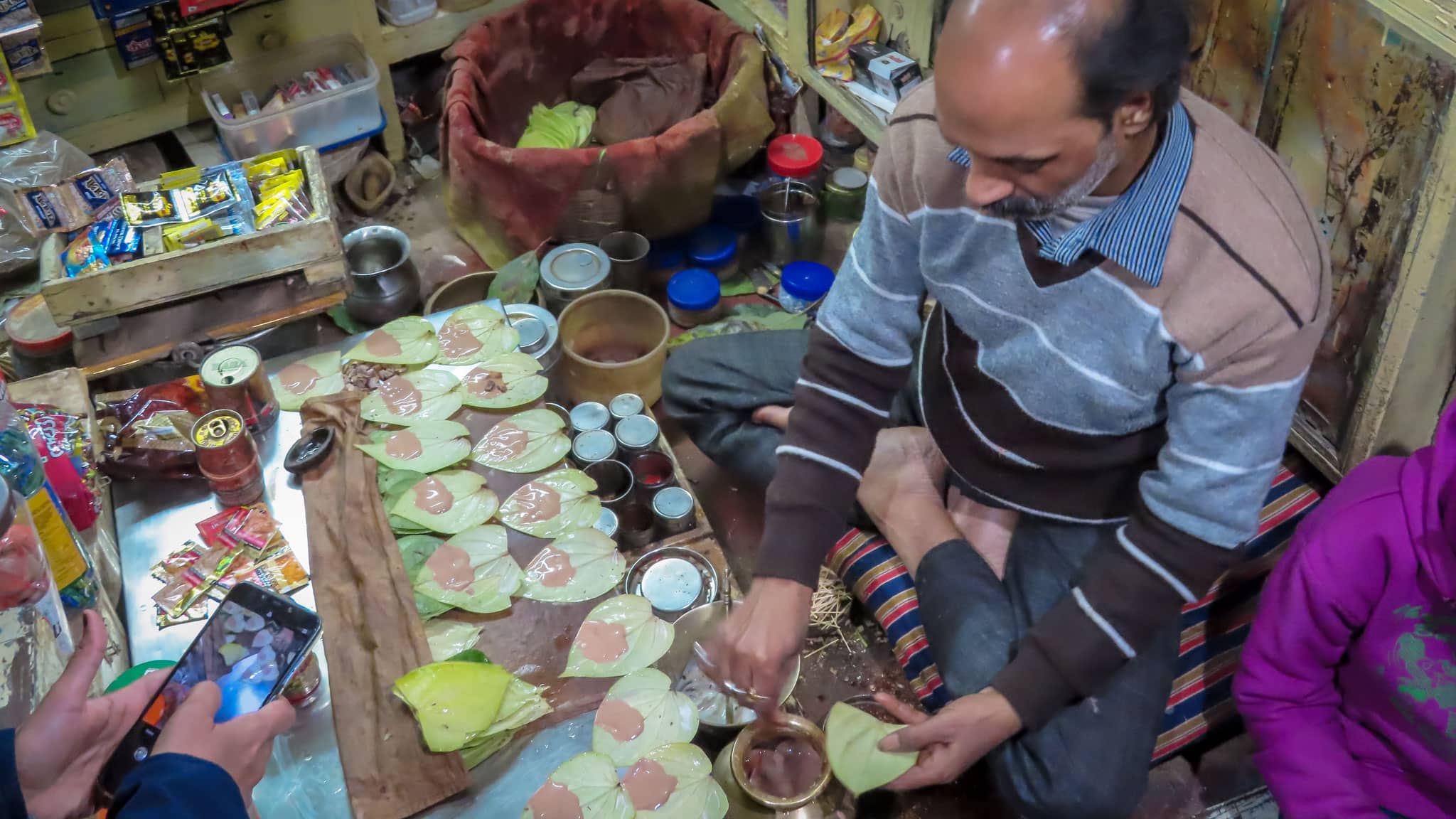
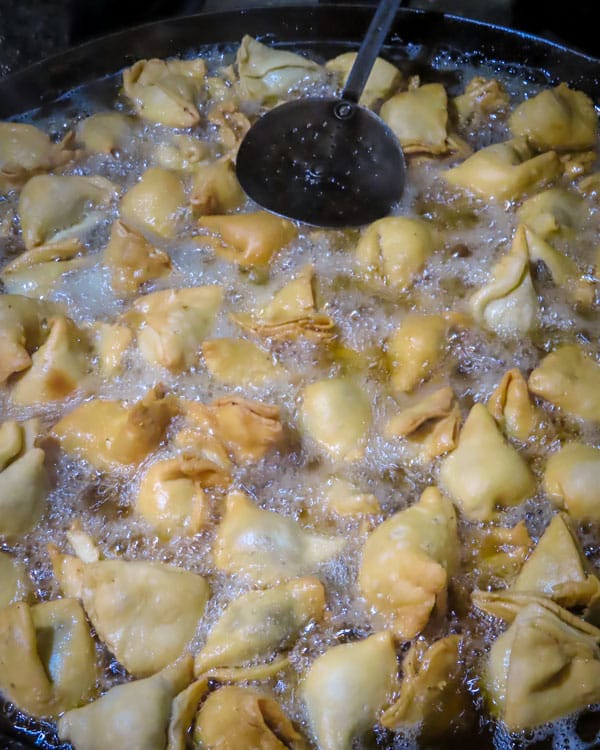

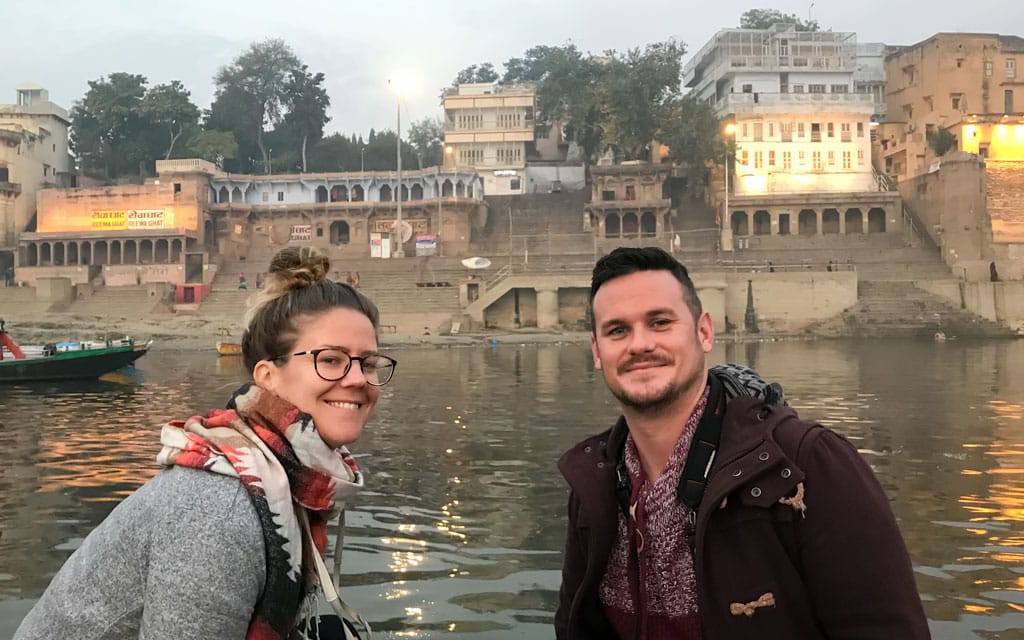
Comments
Post a Comment